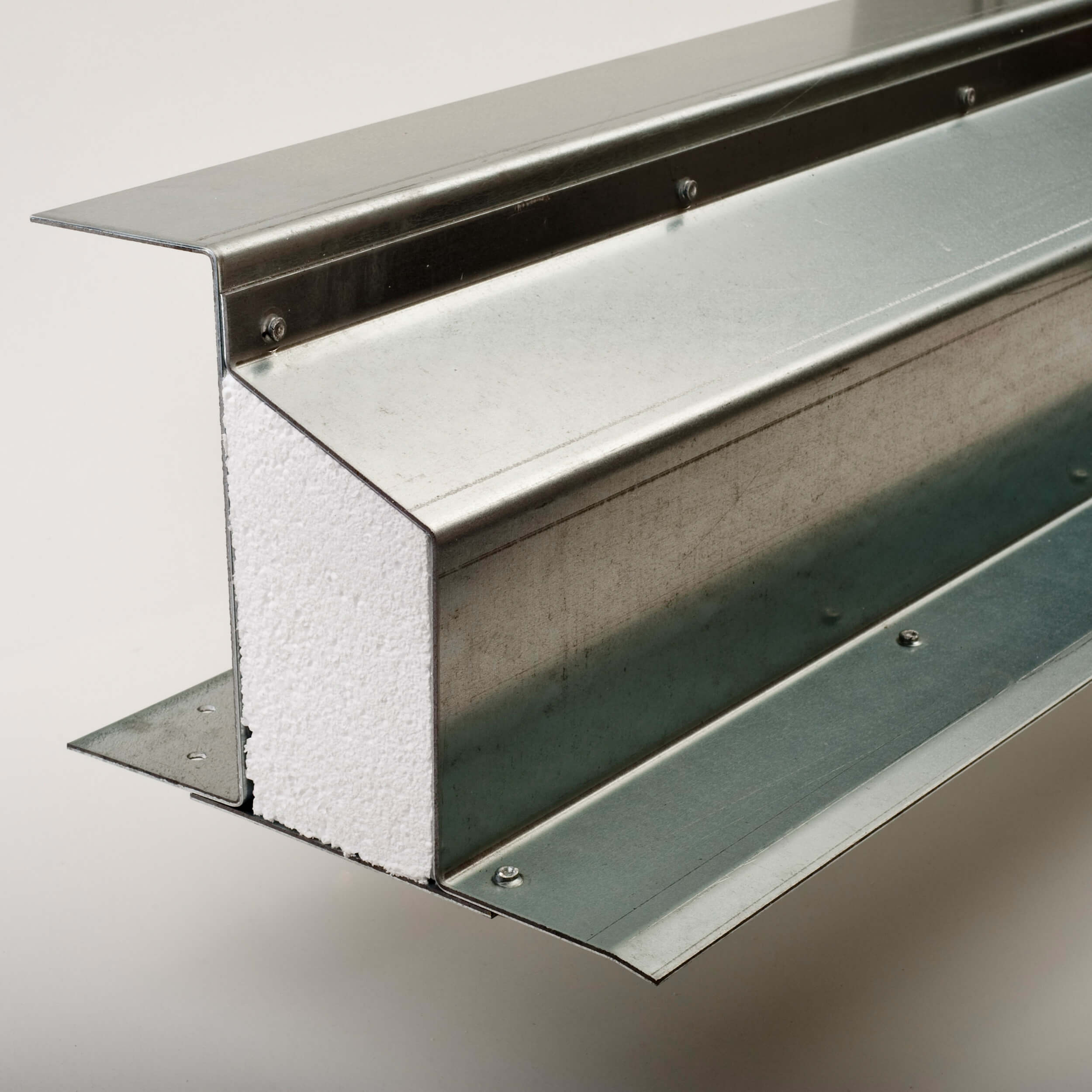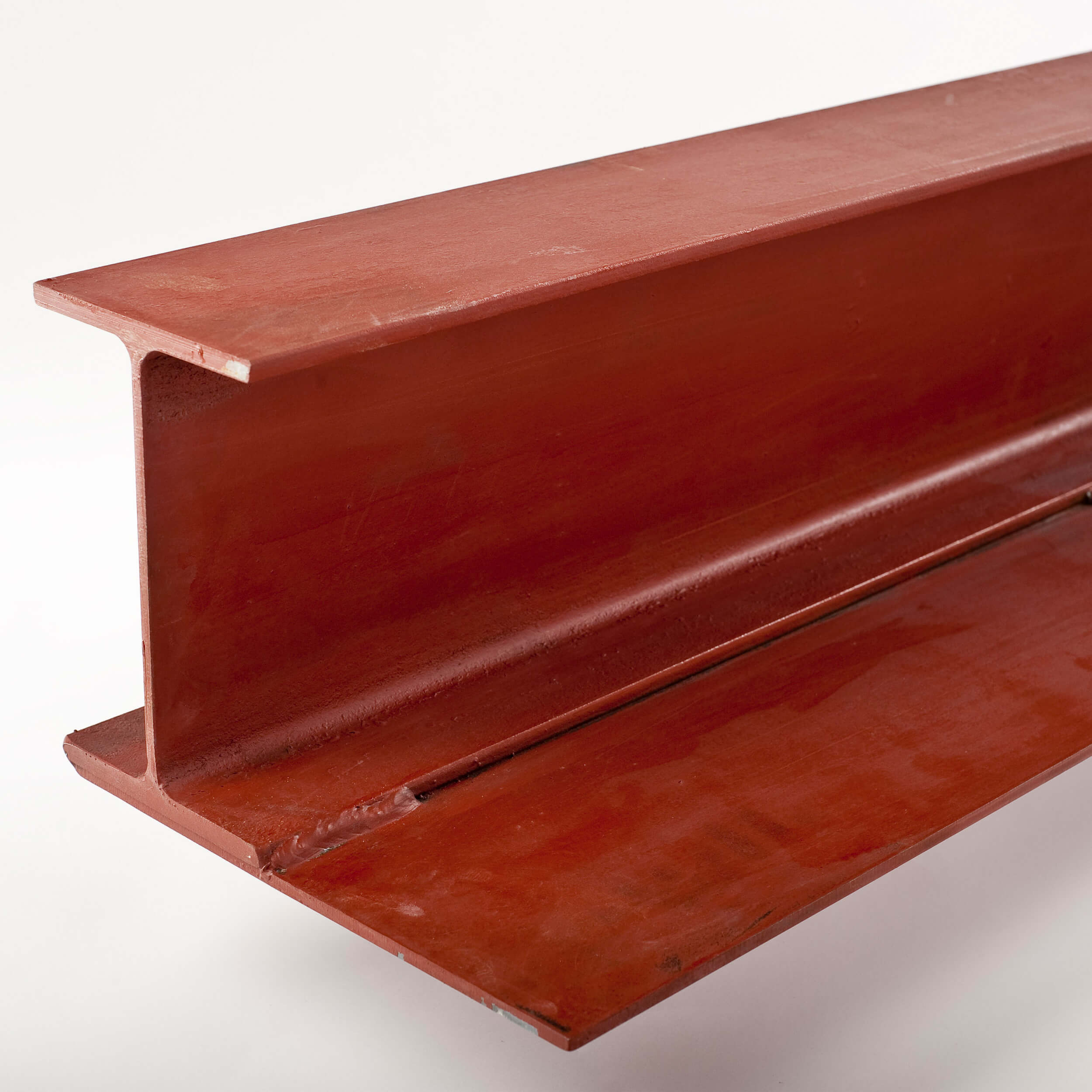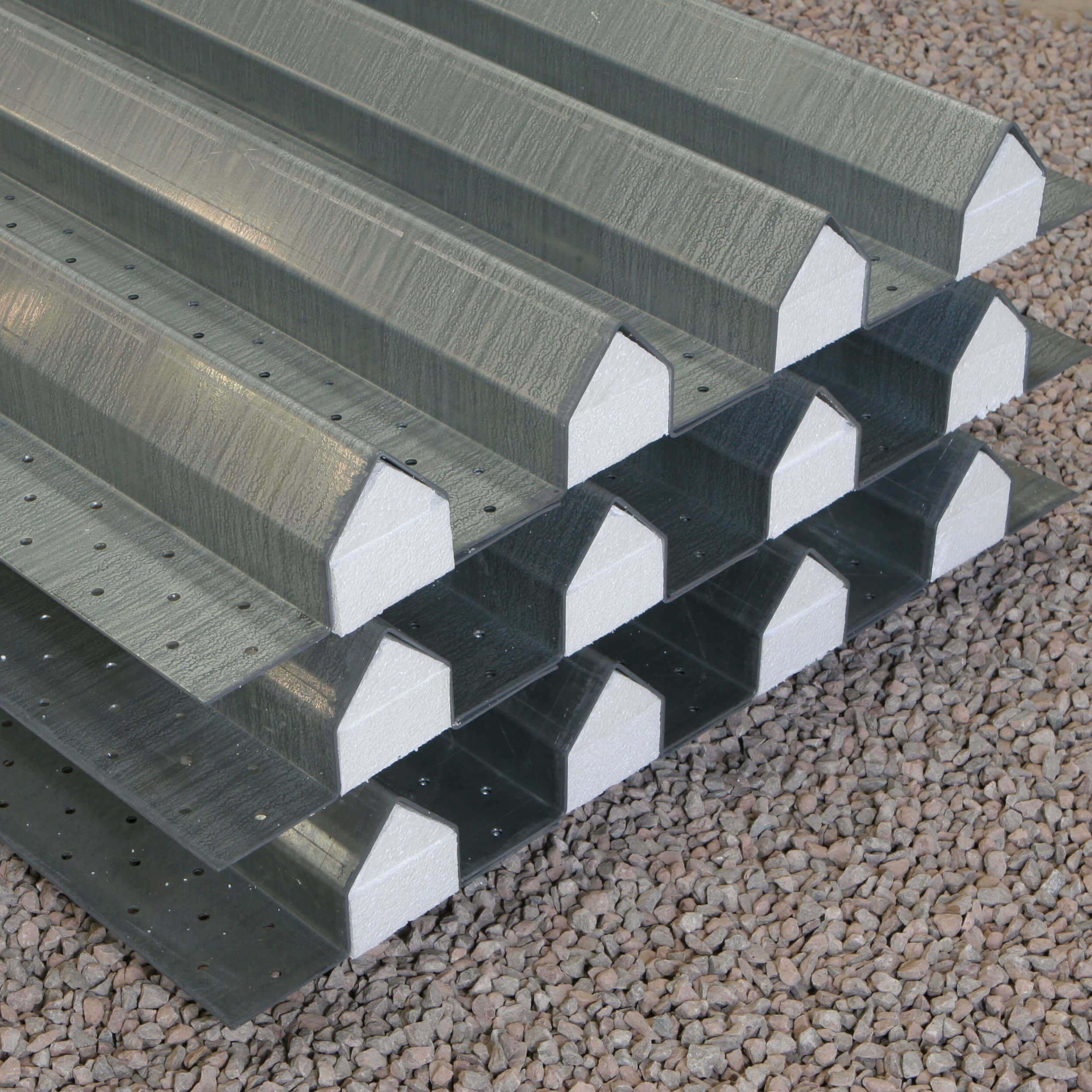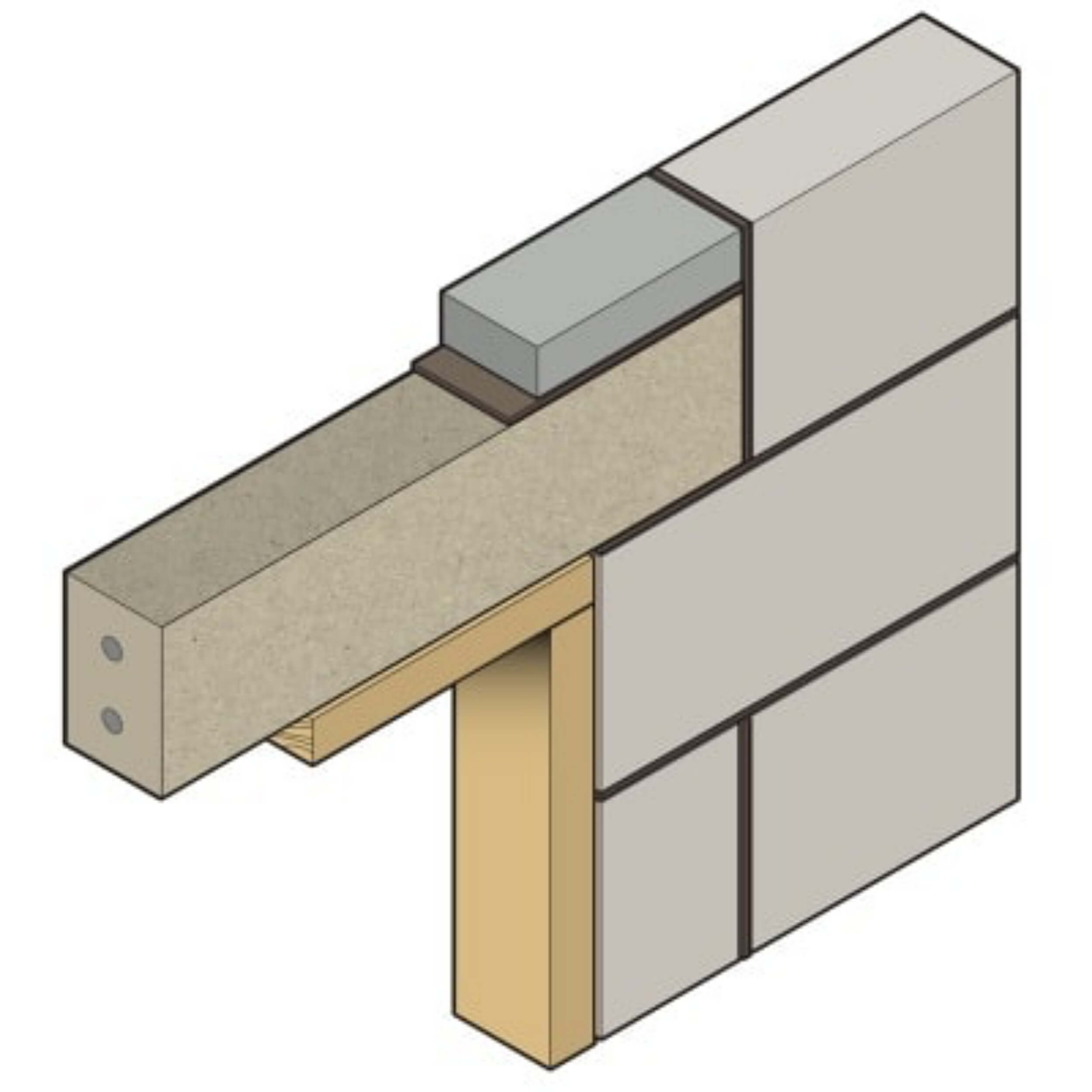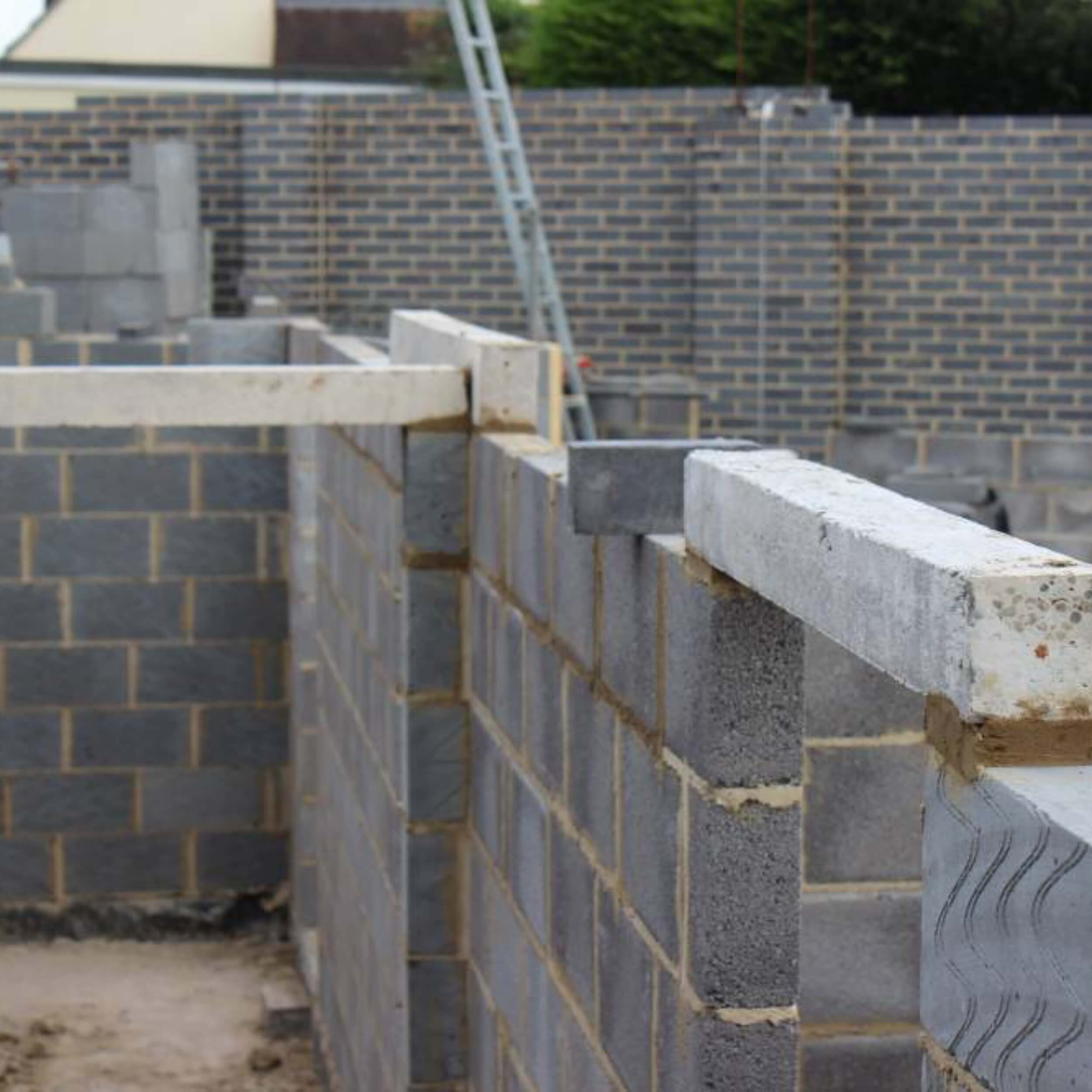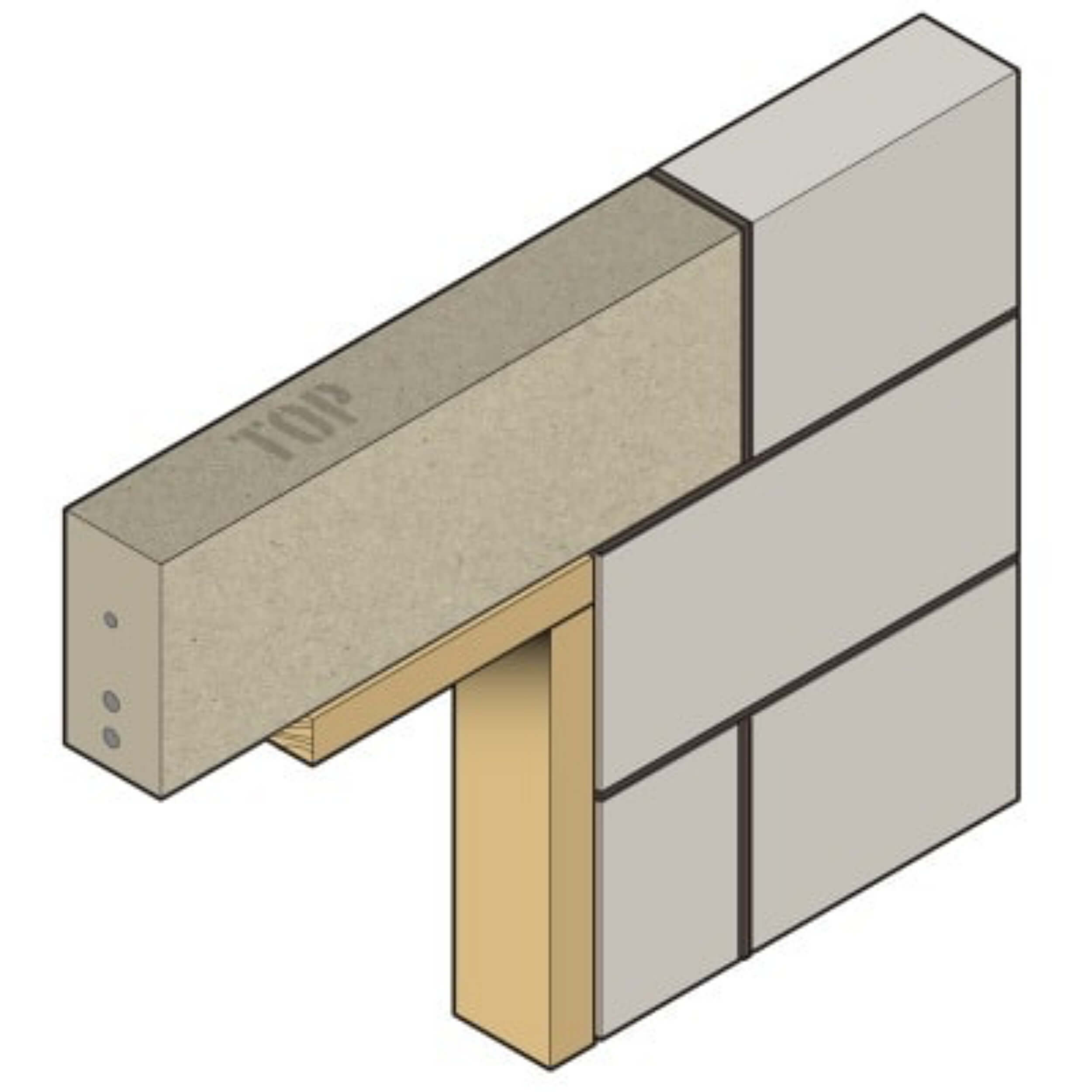Steel Lintels
These are generally made from pre-galvanised steel which is cut and either roll-formed or pressed into the required shape. Steel has the advantage over concrete in that the lintels are usually lighter and are easier to handle on site. The lintel can be shaped so that it is not visible above the opening. Steel is also versatile and can be custom-produced according to the specific building requirement, whether arched, in a corner, forming a bay window, and so on.
Lintels are also important in terms of their role in reducing heat loss from a building and the occurrence of damp and condensation. Lintels must be designed and constructed carefully to avoid thermal bridging (a direct connection between the inside and outside through elements that are more thermally conductive than the rest of the building envelope). This may include the creation of a cavity within the wall above the lintel, and the insertion of insulation.


